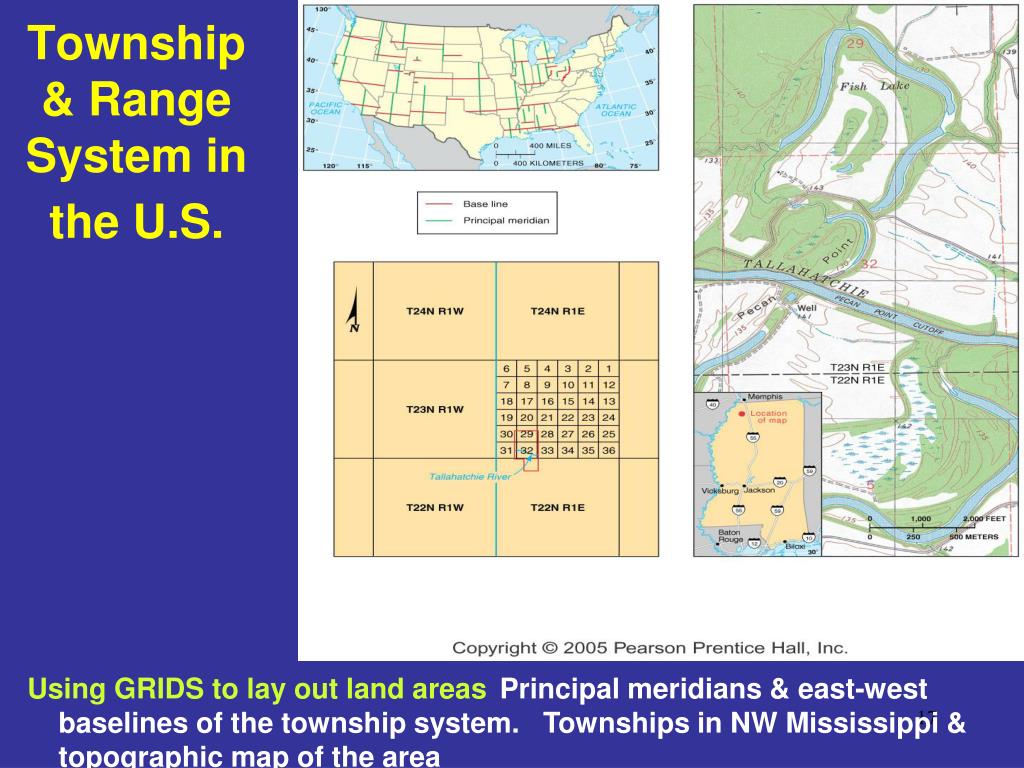

If the first coordinate is letters (SE, SW, NE, NW), such as "SW 1-51-14 W4", the letters refer to the Quarter of the section, Southeast, Southwest, Northeast, or Northwest.This is the format typically used for oilfield locations as it is more accurate than Quarter Sections. The numbers start from 1 the Southeast corner and go West “snaking” their way up to 16 in the Northeast Corner. If the first coordinate is a number, such as the 8 in "8-1-51-14 W4”, means the section is broken into ¼ mile subdivisions making it 16 total for the Section.The first coordinate can either be a number or letters. LSD stands for "Legal Subdivision" and refers to a system of land surveying used in Alberta to identify specific parcels of land. What The Coordinates Mean LSD’s and Quarter Sections Today, it continues to play a critical role in the province.ĪTS (Alberta Township Survey) coordinates, more commonly called LSD's, consist of Meridians, Ranges, Townships, and Sections Over the years, the land survey system in Alberta has been refined to the Alberta Township Survey system (ATS) and updated to meet the needs of the oilfield industry and changing land use. The surveyors used a system of meridians and baselines to establish the locations of the townships and ranges, with the Fourth Meridian being the initial point of reference. This system divided the land into townships, sections, and legal subdivisions or quarters. The Dominion Land Survey, which was established in 1869, was used to survey and divide the western provinces of Canada. The land survey system in Alberta has a long history dating back to the late 1800s. But what exactly do these coordinates represent and why are they so important? In this article, we'll take a closer look at what LSD coordinates are, how they're used, and how to find and map them. When it comes to land transactions, property ownership, land-use planning, or locating oil and gas wells in Alberta, Canada, you are likely to come across “LSD’s”.


 0 kommentar(er)
0 kommentar(er)
